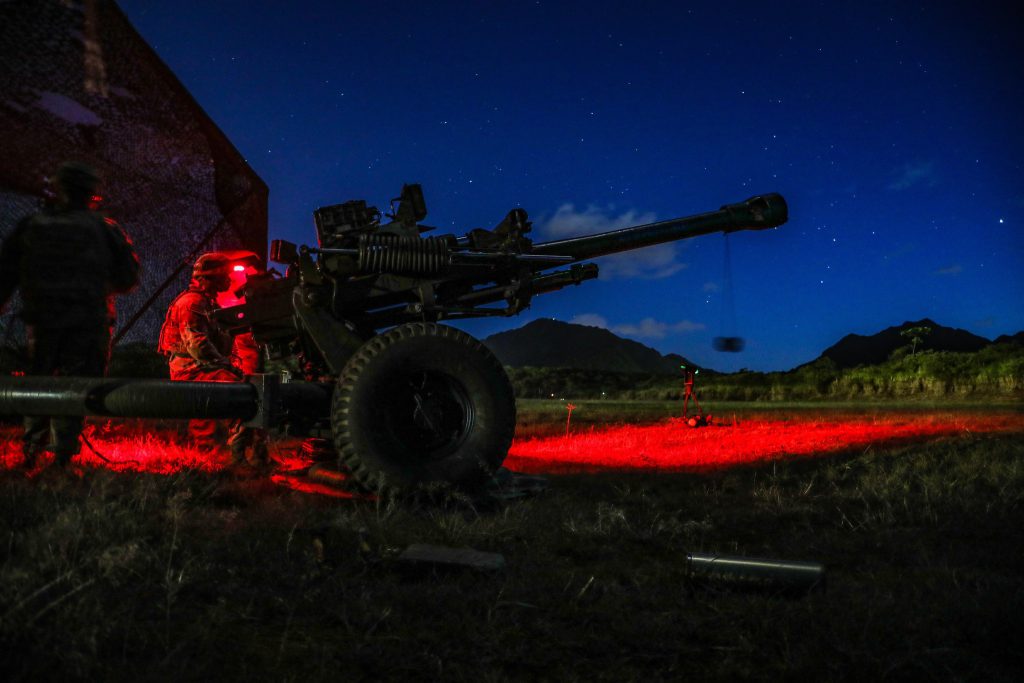

As the Army continues to search for the latest tools that provide game-changing solutions to our Soldiers, it’s now soliciting help from a diverse group of Army stakeholders to identify innovative technologies being developed by small businesses.
The congressionally mandated Army Applied Small Business Innovation Research Program fosters, encourages and strengthens the role of U.S.-based small businesses to meet Army research and development needs in the face of great-power competition.
“Technology is being developed faster, and in order for the Army to integrate these technologies into our system, we need to be agile, responsive and quick,” says Dr. Matt Willis, director of Army Prize Competitions and Army the Applied SBIR Program, in the Office of the Assistant Secretary of the Army for Acquisition, Logistics, and Technology. “We want to be expeditious in our approach by scouting the tech landscape to determine the technology domains with mutually beneficial applications to both the Army and commercial sector. This will allow the Army to synergize our investments with venture capital and other private and public investments that are already occurring independent of the SBIR program.”
To make this happen, the program, just this summer, implemented a shift from a passive, topic-driven approach to the newly created transition broker team construct that focuses on faster, more nimble ways for small businesses to enter the acquisition system.
The transition broker teams consist of stakeholders and technologies from across a variety of Army offices; this diversity among stakeholders bridges the information gap between the organizational silos of acquisition and technology.
“Through the Army Applied SBIR Program, we structure that anchor and timeline to accomplish my objectives,” said COL Jeff Jurand, PEO ground combat systems, maneuver combat systems PM, and a member of the autonomy TBT. “And It’s not my money; it’s not in my budget line. It’s coming from Army SBIR dollars. It’s other people’s contracting bandwidth, and I get the benefit of influencing technology up front and am able to leverage potential innovations at that subsystems level. It’s a win-win.”
The Applied SBIR Program releases contract opportunities on an ad hoc, rolling basis for small businesses to identify solutions that clearly align with the Army’s modernization priorities as well as the Department of Defense’s key science and technology areas, such as advanced materials and manufacturing and communication technologies, which dictate the Army’s investment decisions. To support this, TBTs are focused on five specific technology areas for FY22: artificial intelligence and machine learning; autonomy; immersive; climate change and energy resiliency; and system monitoring and aerial/radar targeting sensors. Over time, the priority technology ecosystems will shift to be responsive to capabilities in industry and to meet demand for Army programs.
The TBTs also leverage a monthly release cycle to continuously produce contract opportunities that small businesses can apply to. In total, the TBTs have nearly $200 M in FY21 SBIR dollars to fund in the form of Phase I and Phase II awards—to establish the scientific, technical, commercial merit and feasibility of the innovation, or the development, demonstration and delivery of the innovation, respectively.
“We have a tremendous amount of interest in the opportunities we release, and we’re trying to bring innovation back to the SBIR program,” Willis said. “We’re starting solicitations as needs emerge so we can transition game-changing technology to our Soldiers on the frontlines in a faster, more strategic way.”
